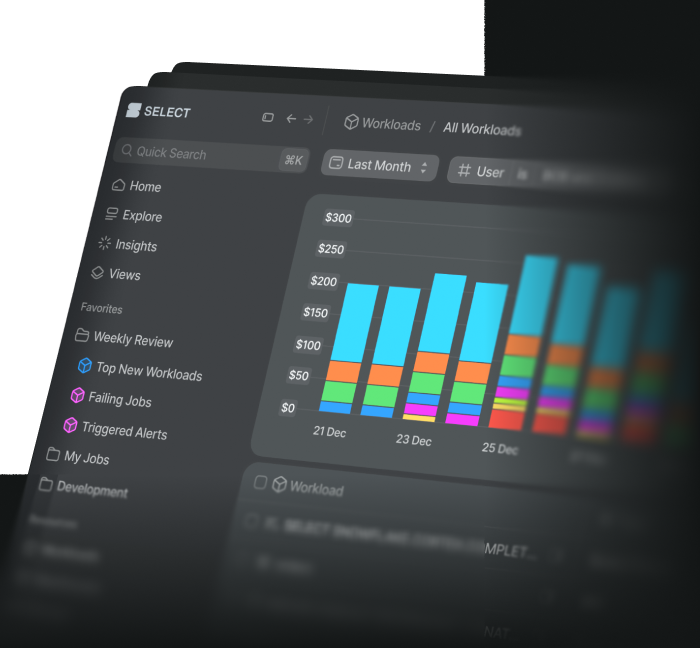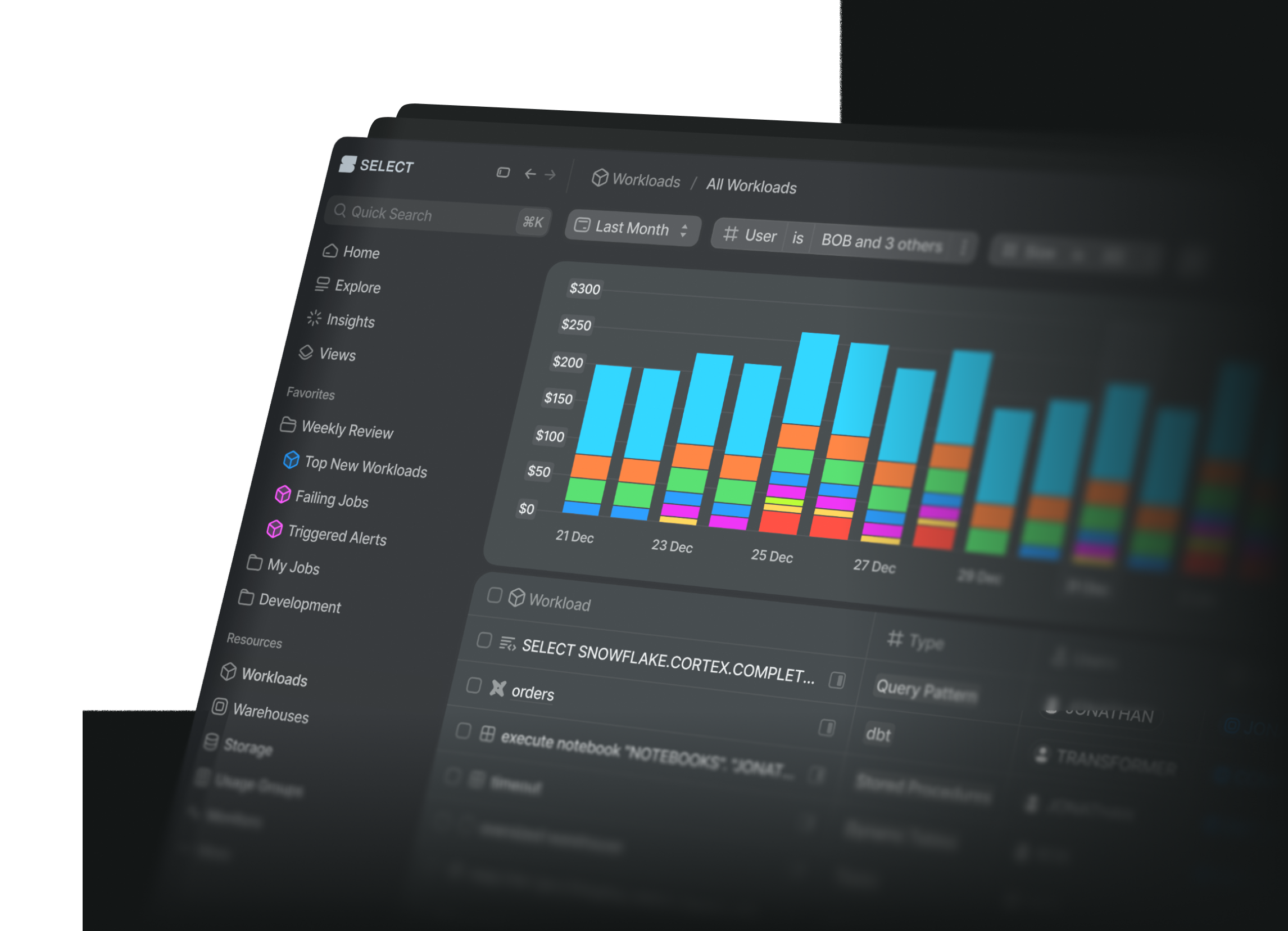
Secrets Management in Snowflake: A Step-by-Step Guide
Jeff SkoldbergFriday, January 24, 2025
What are Snowflake Secrets?
In Snowflake, a Secret is a schema level object that allows you to store sensitive information such as API Keys or Passwords.
Why does this feature exist?
Recently, Snowflake has rolled out many features that enable more application and data pipeline development directly inside of Snowflake:
- Snowpark Container Services enables users to run custom applications in any programming language.
- Snowpark for Python is becoming a popular choice for data engineering tasks, including entire ELT/ETL pipelines.
- We can now send alerts via email, Slack, or Microsoft Teams (via webhook).
- Snowflake now allows API calls to the public internet; many users are excited to use OpenAI APIs in their Snowflake account.
All of these use cases require storing and accessing secrets to authenticate to various applications and services.
Advantages to Managing Secrets in Snowflake.
- Secrets created in Snowflake use the same Snowflake RBAC process we are already comfortable with (i.e.
grant usage on secret to role <role>). - The secret lives along side your application or pipeline code; no additional system to manage.
- It would be challenging to use an external secrets manager (such as AWS Secrets Manager), without first having a streamlined way to authenticate to that secrets manager.
How to create a Snowflake Secret
There are 4 types of secrets that can be created in Snowflake and the DDL varies slightly by type.
OAuth:
Syntax
Example
Cloud Provider:
Syntax:
Example:
Basic Auth:
Syntax:
Example:
Generic String:
Syntax:
Example:
How to use a Snowflake Secret in your code?
Secrets can be fetched using Java or Python only. If you are hosting an application in Snowpark Container Services using another programming language, you will need a small custom module in Java or Python to fetch the secret, then pass the value back to your application.
Here is an example to fetch a secret using Python.
Step 1: Create a function to fetch secrets by name
Step 2: Call the function:
Using Secrets in Notification Integrations / Webhooks:
Snowflake provides a user friendly way to pass a secret to Notification Integrations for purposes of sending alerts to webhooks (Slack, Microsoft Teams, etc.)
Simply pass the fully qualified database.schema.<secret_name> to the WEBHOOK_SECRET argument of the create notification integration statement. For example:
Managing Secrets in Snowflake
Show All Secrets
You can show all secrets using the show secrets command.
Delete a Secret
You can delete a secret using the drop command:
Alter a Secret
Alter secret is used to rotate keys or passwords, or alter any other aspect of the secret.
Describe a Secret
Describing a secret using describe secret <fully qualified secret name> will return the following fields:
- created on
- name
- schema_name
- database_name
- owner
- comment
- secret_type
- username
- oauth_access_token_expiry_time
- oauth_refresh_token_expiry_time
- oauth_scopes
- integration_name
Wrapping up
Managing secrets directly in Snowflake is a powerful way to streamline the use of sensitive information when developing applications, pipelines, or alerts in Snowflake.
In the next article, we will put this knowledge into action by creating a Slack alert in Snowflake.

Jeff Skoldberg is a Sales Engineer at SELECT, helping customers get maximum value out of the SELECT app to reduce their Snowflake spend. Prior to joining SELECT, Jeff was a Data and Analytics Consultant with 15+ years experience in automating insights and using data to control business processes. From a technology standpoint, he specializes in Snowflake + dbt + Tableau. From a business topic standpoint, he has experience in Public Utility, Clinical Trials, Publishing, CPG, and Manufacturing.
Want to hear about our latest Snowflake learnings?Subscribe to get notified.
Get up and running in less than 15 minutes
Connect your Snowflake account and instantly understand your savings potential.


